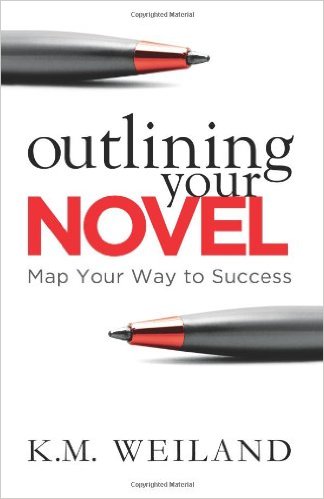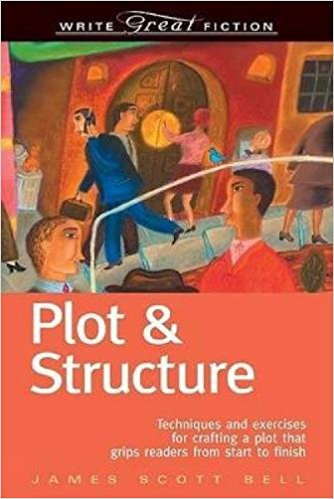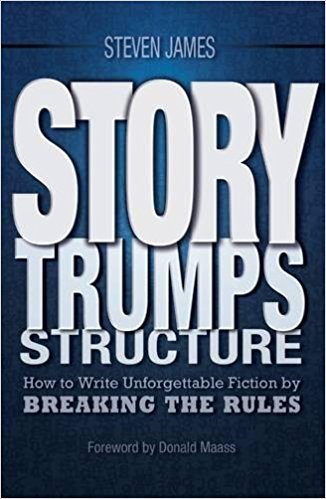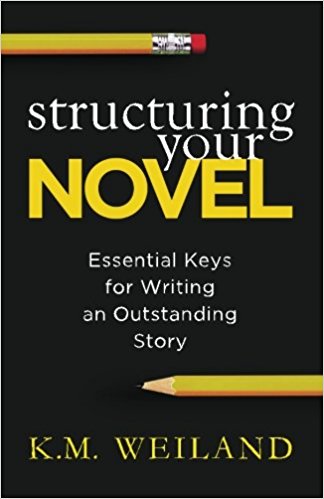editTips and Tricks
Below are 10 tips and tricks on how to write a plot that flows.
-
Don't answer every question right away - create curiosity in the reader to keep them interested.
-
Avoid writing stereotypical plot lines - add in twists and surprises when possible.
-
Create a unique plot instead of recycling other stories - keep the reader interested and engaged to ensure they keep reading.
-
Subplots are okay to incorporate, but ensure they add to the story (e.g., provide a deeper understanding of characters, create tension).
-
Include subplots that might not appear key when they are happening, but turn out to be very important later in the story.
-
Write out a plot outline to guide the writing process, but feel free to change or switch things around when actually writing.
-
Look at the story's plot through the eyes of a reader and be critical.
-
Don't forget to include subtle misdirection and/or subtle foreshadowing.
-
When creating plot twists ensure they feel natural and not forced - characters can be the best source of plot twists, as they guide the story.
-
When writing, it is important to keep in mind that characters should not be guaranteed safety - this emphasizes that anything can happen.
For more information, visit the following websites from which the above points were gathered:
https://www.nownovel.com/blog/how-to-plot-novel/
https://writersedit.com/fiction-writing/10-simple-tips-writing-clever-plot-twists/
(Add / Edit TexteditSo What's the Story?
|
ISBN: 978-0978924621
Publication Date: July 1, 2011 Outlining Your Novel’s purpose is to help writers use outlines to write great novels. This book identifies different types of outlines and when to use them, provides methods to brainstorm ideas for plot, assists with learning more about the characters, demonstrates how scenes can be structured, and helps implement outlines that have been created. Examples and exercises acompany the readings. |
ISBN: 978-1582972947
Publication Date: October 6, 2004 Plot & Structure’s purpose is to assist writers to create convincing and memorable plots. This book contains information on different methods to create a powerful three-stage plot, brainstorming techniques to come up with original ideas for plots, different models and methods for creating story structure, and tips for how to correct problems that commonly occur with plots. Exercises accompany the information. |
|
ISBN: 978-1599636511
Publication Date: May 27, 2014 Story Trumps Structure’s purpose is to provide a resource that encourages spontaneity when writing plots - a useful counterpoint to the other books provided here. This book contains information regarding how to write organically instead of relying on an outline, how to promise readers something and ensure by the end of the novel the promise is fulfilled, how to use characterization subtly, and how to incorporate twists into the plot of the story. |
ISBN: 978-0985780401
Publication Date: August 17, 2013 Structuring Your Novel’s purpose is to provide a resource for creating powerful plots and character arcs. This book contains information on various techniques used to empower and how a writer can use those to empower their story, how to identify plot weaknesses and turn those weaknesses into strengths, how to create a centerpiece in a story, and how to bring key features to the front of a plot to gain the reader’s attention. |



 Add New Box
Add New Box



 Loading content... please wait
Loading content... please wait

